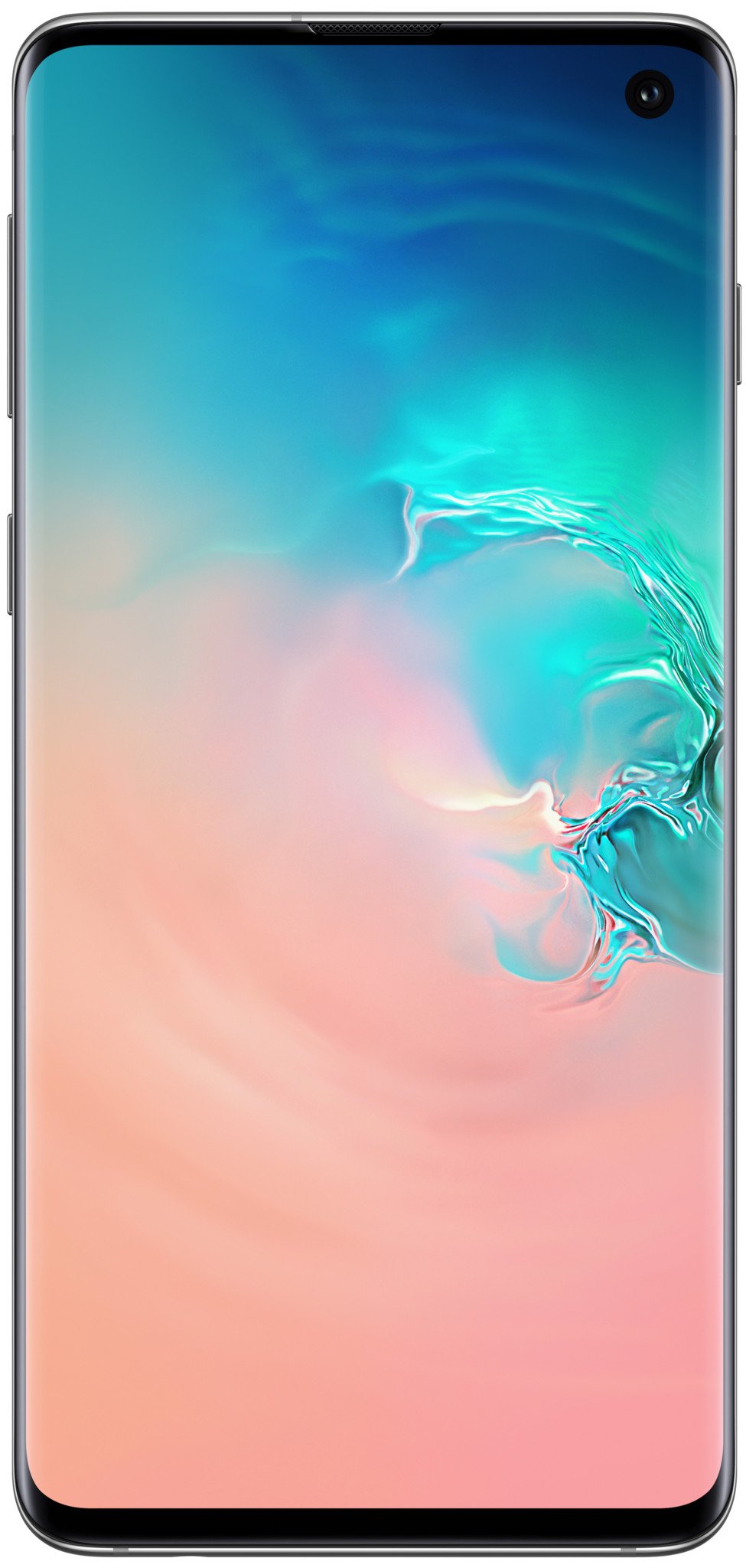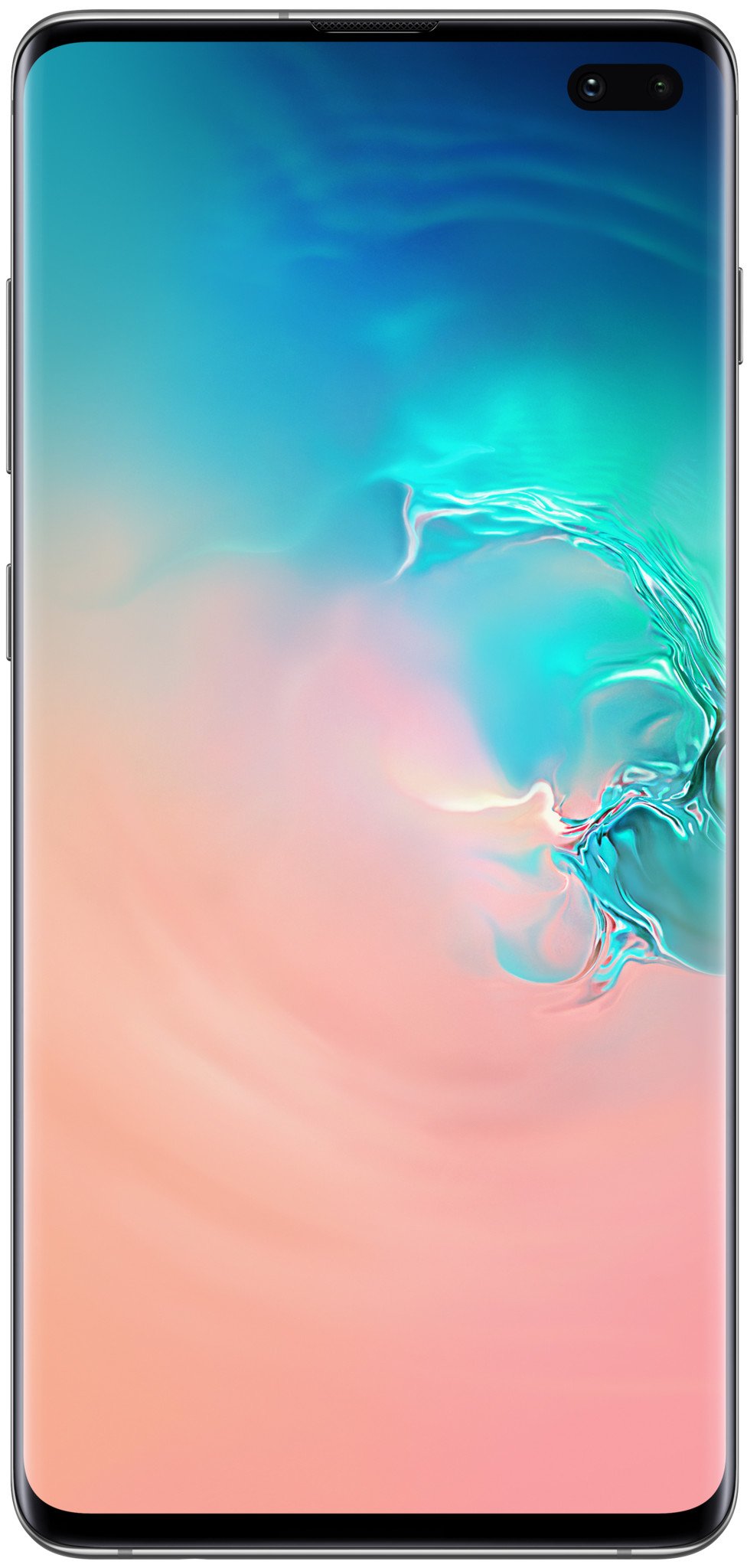Best answer: A Time of Flight camera uses the known speed of light to measure distance. The "flight time" of a reflected beam of light is measured and the amount of time taken to make a return trip to the sensor is calculated against the speed of light particles to build what's known as a range image of the scene in front of the lens. What this all means is that with a precise measurement of key focal points, the camera hardware and software can create a sharper photo.
- Samsung: Samsung Galaxy S10 ($900)
- Samsung: Samsung Galaxy S10+ ($1,000)
Range imaging
A time-of-flight (ToF) camera uses a technique known as range imaging to assist in taking a great photograph. There are several different ways to build a range image and a ToF camera uses a beam of high-intensity light that's projected out and the time it takes the reflected light to return to a special sensor is captured. Software then uses that time and compares it to the speed of light (estimated at 300,000,000 meters/second). When you know how fast that beam of light was flying and how long it took for it to leave the camera — or how long it took to hit a spot in front of the lens then return to a sensor — you can get a precise distance measurement.
The ToF principle isn't new. Sensors small enough and cheap enough to use in a phone are, though.
Often time-ranged images are used as references to be printed out, or displayed on the optics themselves. Some golf range finders and shooting sport range finders use the ToF principle to give distance measurements right on the viewfinder. ToF cameras are also used in robotics and automation because the sensor packages needed are very inexpensive and very small; it just took a while for the semiconductor process to get fast enough to make them work.
The distance information doesn't have to be marked on a photo or on a lens, though. Camera software can use the distance measurement(s) internally in order to improve focus and picture sharpness, especially when there isn't a lot of external light.
A ToF camera gets the information it needs in mere nanoseconds.
The one very important thing is that everything has to work very fast. That's because light itself is so fast. For example, to mark a distance of 3 meters (about 10 feet) everything has to react in under 20 nanoseconds. There are one billion nanoseconds in one second, so that means everything happens in one fifty-millionth of a second.
The way our smartphones take photos gets better and better every year. Seeing the Samsung Galaxy S10 with its ToF camera shows just how serious mobile photography has become.
Go ultrasonic
Galaxy S10
Photos at the speed of light
The Galaxy S10 and its time of flight camera should make even more of your photos "keepers" because of how well it can focus, even in low light.
Upgrade pick
Galaxy S10+
Bigger display, bigger battery
The S10+ has two important things for mobile photography: a big display and a big battery. It also has a higher price tag.



0 Response to "You Can See More: What is a Time-of-Flight camera and how does it work?"
Post a Comment